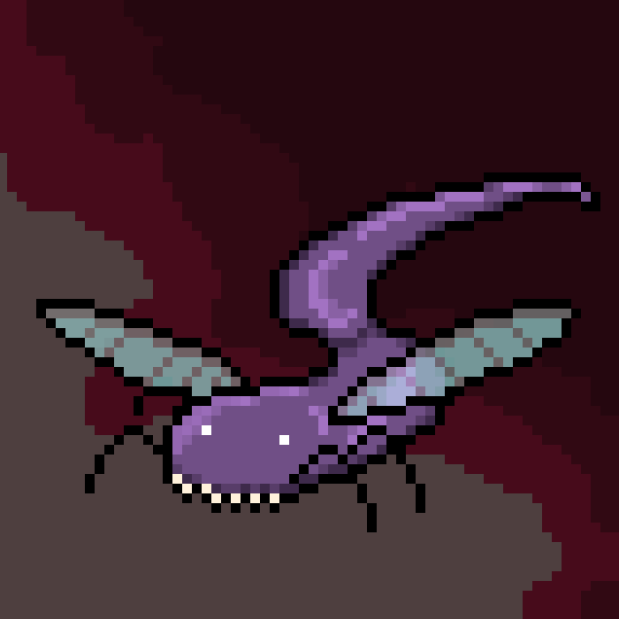
The Clown Car Leech, also known as Priam’s Worm, is a small, winged parasite, roughly one inch in length. It searches for a host in humid environments such as swamps and brackish shorelines. Once an egg-carrying adult attaches to a host through a triple-jaw, it first sucks the victim’s blood, then regurgitates it along with several virals that pave the way for the leech eggs to hatch. The leech then dies, and a ladder of infections takes place which culminate in the host’s death.
1. Flavivirus Diomedes
The first symptoms to arise are from Diomedes: nausea, headache, fever, chills, and muscle pain. if your symptoms end there within the week, you will likely survive. If they come back in the next few days, your liver and kidneys are likely failing. The victim’s skin and eyes begin to jaundice. As the leech’s eggs have entered the bloodstream, they attempt to catch themselves in vessels and arteries. Their main threats are the body’s immune system as well as its filtration system. Diomedes distracts the immune system while shutting down the liver and kidneys, and it raises the body’s heat to the egg’s preferred incubation temperature.
2. Rhabdovirus Neoptolemus
Neopolemus circulates into the brain and begins its attack. In its early stages, this causes encephalitis; however, as the eggs grow, the effects it has on the mind grow more sinister. Those infected with Neoptolemus become more sociable even as they grow weaker and more confused. Aggression also increases in the host, although, paradoxically, there is also a heightened fear response. This is likely meant to cause protest at attempts by others to isolate the infected but avoid a physical confrontation that would halt the leech’s lifecycle.
3. Paramyxovirus Menelaus
Menelaus causes keratinous skin lesions around hair follicles at sweat points like the armpits, head, and groin. These pus-filled growths quickly chafe and bleed, although they return quickly as the body’s immune system is in overdrive fighting a losing battle. The lesions are intensely itchy, and the host will often scratch at them continuously, thinning their skin around these points and allowing the hatching leeches to begin burrowing.
4. Calicivirus Acamas
Acamas takes hold, escalating the nausea felt from Diomedes into vomiting and diarrhea. Mixed with bleeding of the gums caused by Diomedes and the bloody lesions of Menelaus, those infected with Acamas quickly dehydrate as the eggs are becoming ready to leave their host, and so they begin to seek a body of water. There, they either die of water intoxication or drowning.
“Hatching”
Although the leeches are technically hatched and living in the thin, wounded skin around sweat points, they are still in the juvenile stage. They make cocoons in the lesions of the deceased host caused by Menelaus, where they will grow into their adult, winged form before bursting into the water and swimming to shore, where their wings will dry, and they will take flight. The entire process has lasted one month. For the next month, the Clown Car Leech will search for a mate and host, after which the cycle will continue.
This entry was created by Spaghetti Moe